Face guarding is a strategic and often controversial defensive technique used in basketball.
In this article, we explore the answer of what is face guarding in basketball, while discussing its definition, purpose, effectiveness, and related rules and regulations.
As basketball evolves as a sport, understanding these nuances plays an essential role in fostering tactical gameplay. So, let’s dive into face guarding and unravel its significance on the court.
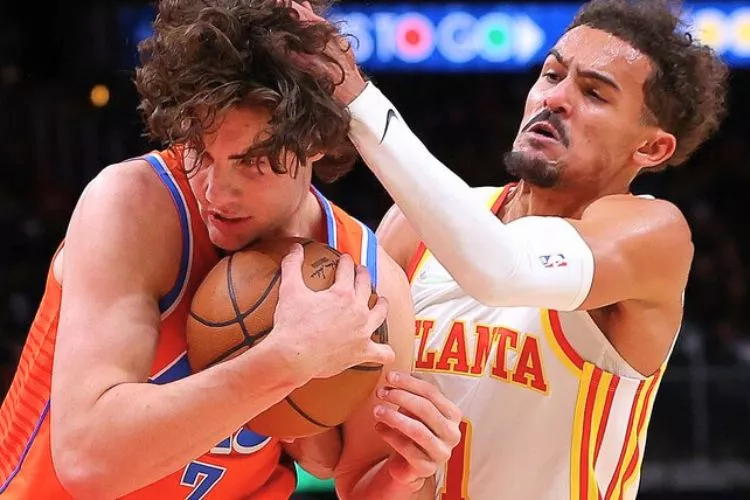
What is face guarding in basketball?
Face guarding in basketball is a defensive strategy where a player positions themselves so they are directly facing the offensive player, most often without looking at or playing the ball.
This strategy intends to create a distraction, disrupt the offensive player’s view, and potentially block or interfere with their ability to catch a pass.
However, it’s a tactic that comes with controversy. According to National Collegiate Athletic Association (NCAA) and National Basketball Association (NBA) rules, face guarding is legal if the defender doesn’t make contact.
Conversely, in high school (National Federation of State High School Associations – NFHS rules) and international play (FIBA rules), face guarding is considered a foul if it involves contact or if the defender waves their arms or hands in the offensive player’s line of sight.
What to do when being face guarded in basketball?
Face guarding is designed to disrupt your play, so overcoming this tactic requires agility and creativity. Use quick, explosive movements to create separation from the defender.
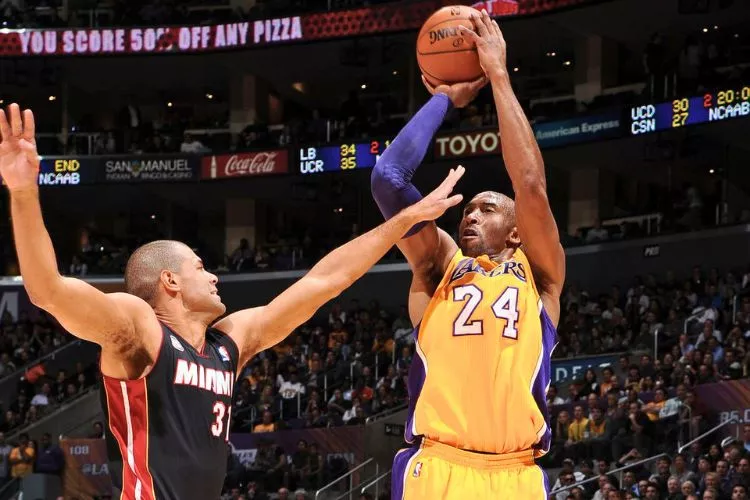
Utilize off-ball screens from teammates to get open. Avoid standing still; keep moving, which makes it harder for the defender to guard you. If you master quick changes in direction and speed, it can help you create the space needed to receive a pass or make a shot.
Is face guarding illegal in NBA?
No, face guarding is not illegal in the NBA. As long as the defender doesn’t make physical contact with the offensive player, NBA rules allow for face guarding.
However, persistent and overly aggressive face guarding may be penalized at the referee’s discretion, especially if it involves unnecessary or excessive contact.
Can you push while guarding in basketball?
Physical contact in basketball is inevitable, but deliberately pushing an opponent while guarding is considered a foul. According to standard basketball rules, defenders should maintain their position and use their feet to stay in front of the offensive player.
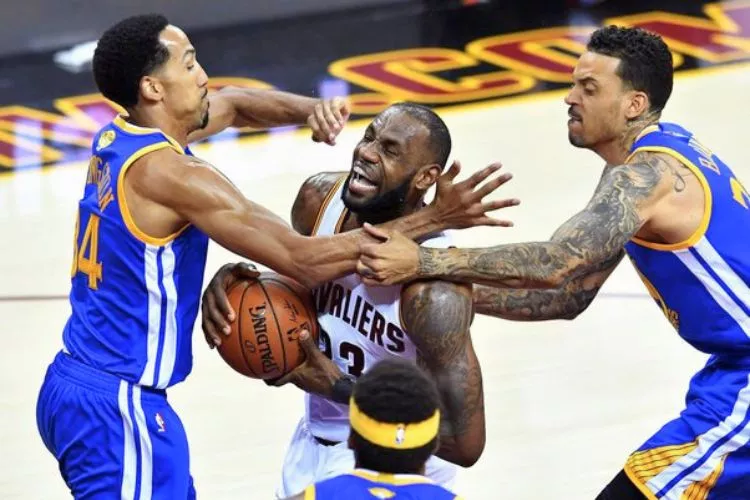
A push, especially with the hands or arms, can be categorized as a personal foul and could lead to free throws for the opponent or, with repeated offences, possible ejection from the game. Therefore, it’s essential to balance physicality and fairness while guarding.
Is face guarding a foul in basketball?
The legality of face guarding in basketball depends on the specific rules of the league or association. For example, in the NBA and NCAA, face guarding is allowed as long as the defender does not contact the player they are guarding.
This derives from their interpretation of the rule that a defender has the right to their vertical space, face included, even if this obstructs a player’s vision.
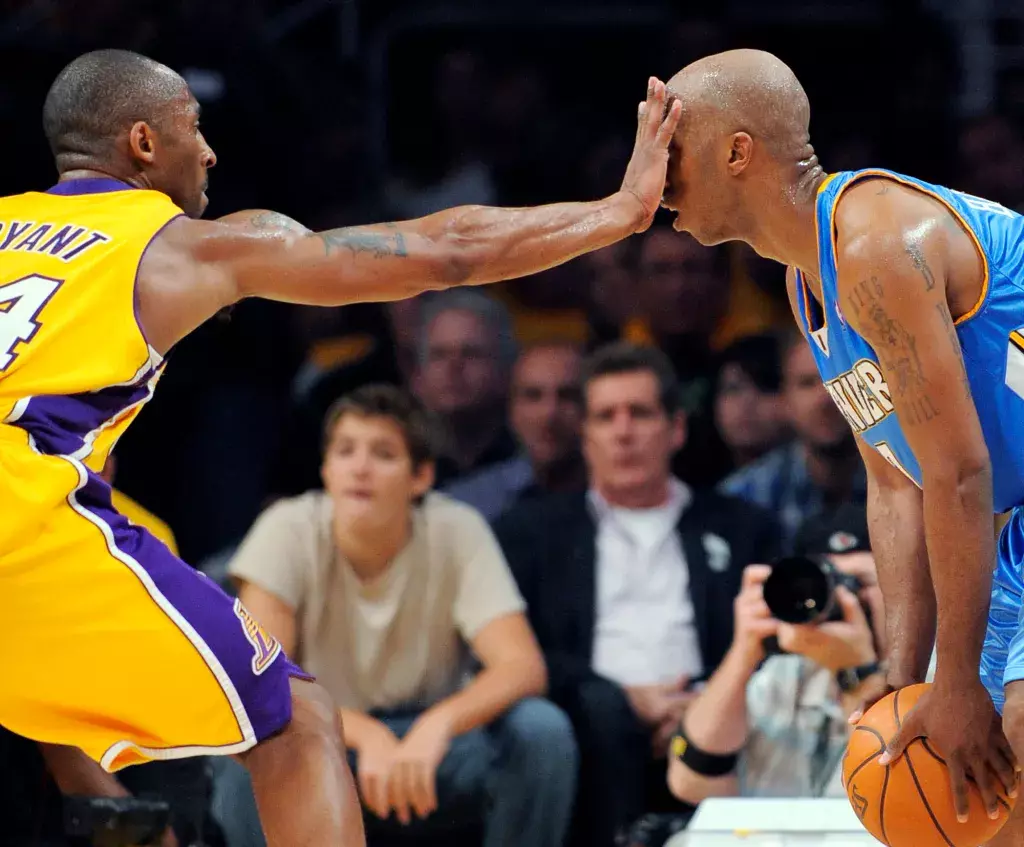
However, excessively aggressive face guarding can result in a personal foul. On the other hand, under FIBA (International Basketball Federation) and NFHS (National Federation of State High School Associations) rules, face guarding becomes a foul when the defender deliberately waives their hands or arms to obstruct the player’s view or makes contact, regardless of whether they are playing the ball.
Is face guarding legal in High School basketball?
Under the rules set by the National Federation of State High School Associations (NFHS), face guarding is considered a foul if it involves contact—or, uniquely compared to other basketball governing bodies, if it involves waving the hands or arms in front of the offensive player’s face in an attempt to obstruct their vision, regardless of whether the defender is attempting to play the ball.
This contrasts with rules in leagues like the NBA, where face guarding is generally allowed without contact or overly aggressive action.
How to beat face guarding in basketball?
Face guarding is intended to disrupt the offensive player. If you’re face guarded, here are a few strategies you can use to beat it effectively:
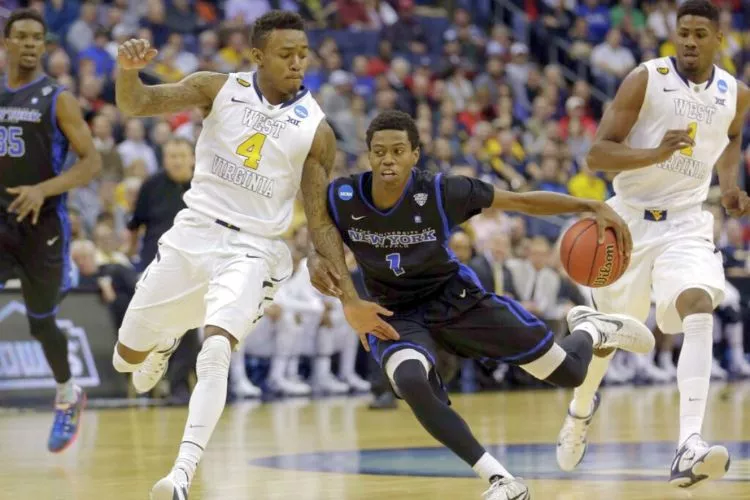
- Constant Movement: Keep moving and changing direction. A constantly moving player is far more challenging to guard closely than a stationary player.
- Use Screens Effectively: Have teammates set screens. Screens can create the separation required to receive a pass or take a shot.
- Play Physical: While avoiding charging fouls or pushing, a certain level of physical play, like boxing out, can deter defenders.
- Misdirection: A quick, unexpected change in direction can leave a face guarding defender off balance, giving you a chance to get free.
- Communicate: Let your teammates know what’s happening. They can adjust their play, potentially drawing off your defender or capitalizing on the attention you’re drawing away.
By mastering these strategies, you can turn face guarding from an obstacle into an opportunity.
Conclusion:
Face guarding is a nuanced and somewhat controversial aspect of basketball that varies widely in its interpretation and enforcement, depending on the governing body of the game.
However, understanding what face guarding is, the rules surrounding it, and the strategies to overcome it can enhance one’s gameplay.
From high school courts to NBA arenas, the concept of face guarding is an integral part of the strategic and tactical richness that makes basketball such a dynamic and thrilling sport.
As players and fans, deepening our understanding of these complexities only adds to our appreciation of the game.
